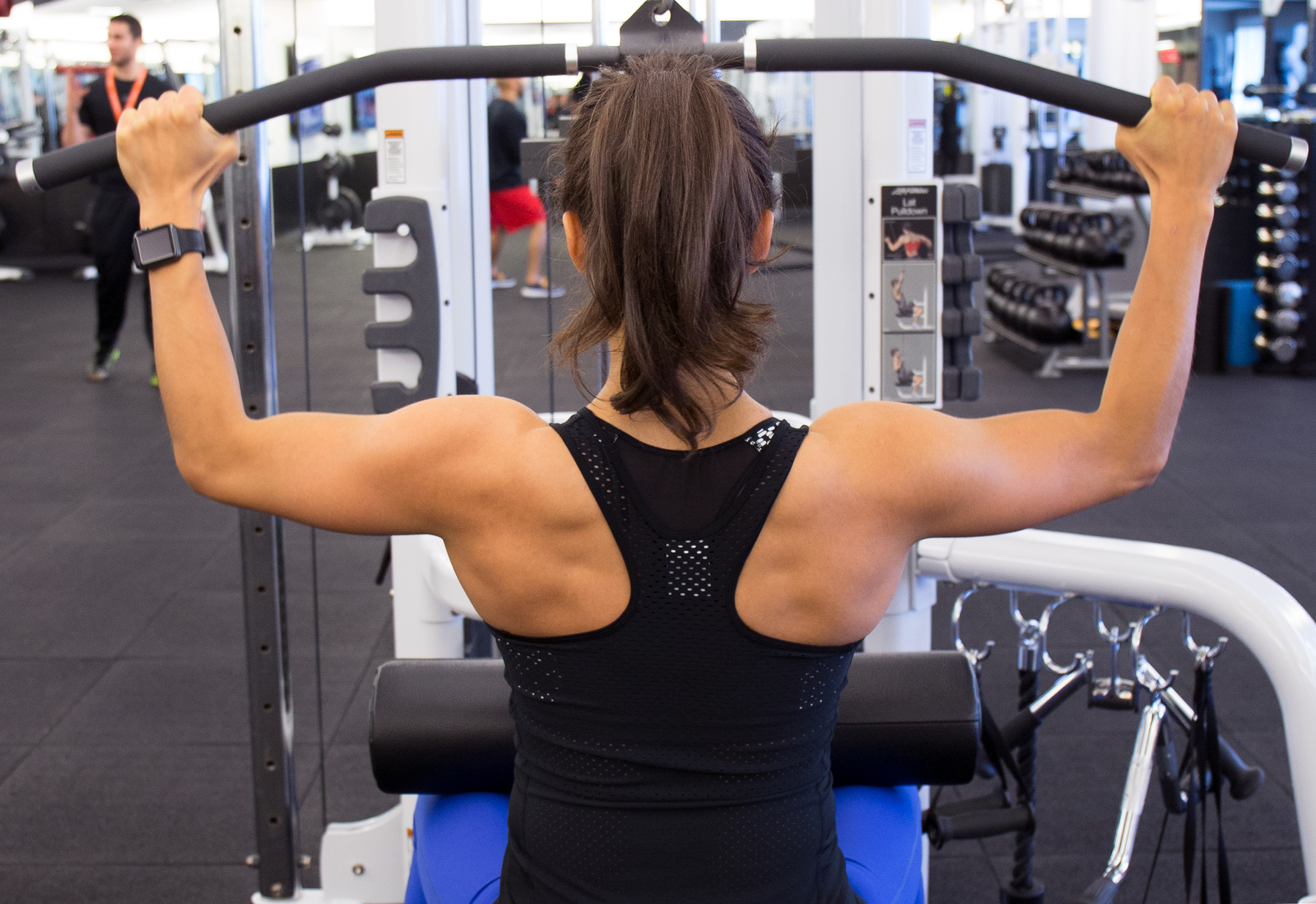Article shared from Greatist.com, written by Locke Hughes
Group fitness classes and running on the treadmill are pretty safe options at the gym (barring a Taylor Swift-style wipeout). When someone’s telling you exactly what to do and what equipment to use, things stay relatively under control.
But moving onto the gym floor is uncharted territory. When someone asks if they can “work in” or if you have no effing clue how to adjust the seat height on a machine, it’s fair to want to sneak over to the stretching area and call it a day. And it can be even more intimidating when you’re in a sea of burly macho men bench-pressing three times your body weight.
Before you slink back to the cardio area, hear us out. We asked professional trainers to give their best advice on venturing onto the floor. Equipped with these must-know rules and helpful hints, you’ll be ready to take on the gym floor—and look like a pro while doing so.





